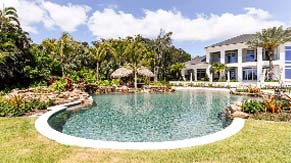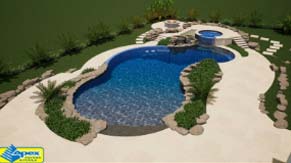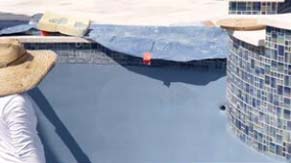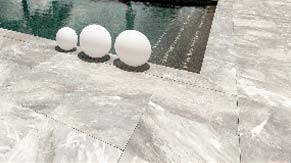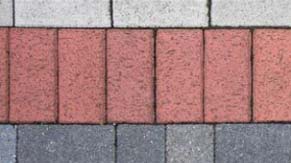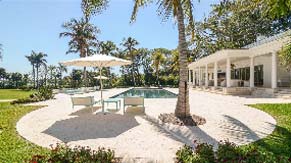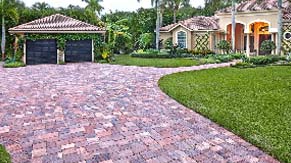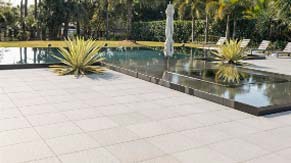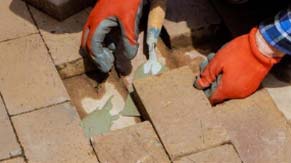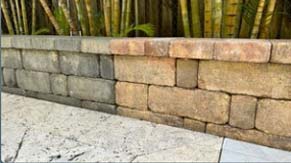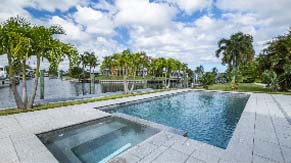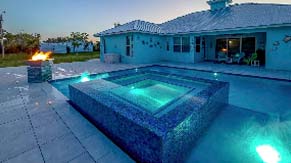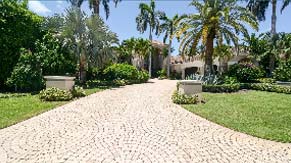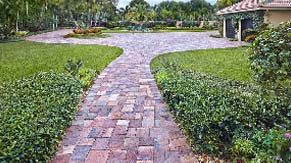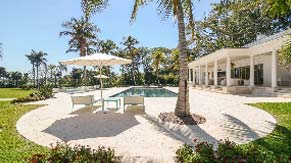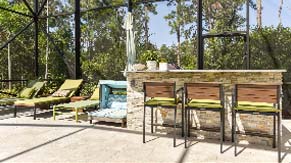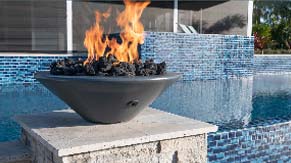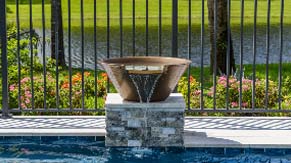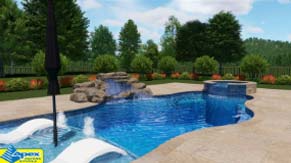Mastering Pool pH Balance with Muriatic Acid
Achieving and maintaining the correct pH balance in your swimming pool is critical for water quality, swimmer comfort, and protecting your pool's surfaces. This class focuses on one of the most common methods for lowering high pH: the precise and safe application of muriatic acid. Learn why accurate measurement and proper dilution are absolutely essential to avoid damaging your pool's plaster.
We'll walk you through the process, from calculating the exact amount of acid needed (ideally using a specialized app like Orenda, as discussed in previous classes) to the step-by-step procedure for adding it to your pool. Understanding the density of muriatic acid relative to water is key to preventing plaster etching and ensuring even distribution for an effective pH correction.
What You'll Learn in Pool School:
-
The importance of pH balance for pool health and safety.
-
How to calculate the precise amount of muriatic acid required to lower pH.
-
Why improper muriatic acid application can cause severe damage to pool plaster.
-
The step-by-step process for diluting and safely adding muriatic acid to your pool.
-
Techniques to ensure even distribution of chemicals in your pool water.
The Critical Role of pH in Your Pool
pH is a measure of your pool water's acidity or alkalinity. An ideal pH range (typically 7.4-7.6) ensures chlorine sanitizers work efficiently, prevents eye and skin irritation, and protects your pool equipment and surfaces from corrosion or scaling. When pH levels are too high, chlorine becomes less effective, making your pool susceptible to algae and bacterial growth, while also risking calcium scale formation on surfaces.
Precise Acid Dosing to Prevent Damage
The video demonstrates the precision required when adding muriatic acid. It emphasizes using accurate calculations (from apps like Orenda) to determine the exact fluid ounces needed. Over-dosing or improper application of muriatic acid is the leading cause of plaster damage, as it can aggressively etch the surface. Always measure carefully to ensure effectiveness and protect your pool.
Safe Muriatic Acid Application Guide
Due to its density (18% denser than water), muriatic acid must always be diluted before being introduced into the pool.
- Prepare Bucket: Use a clean 5-gallon plastic bucket.
- Add Pool Water: Fill the bucket with pool water first.
- Measure Acid: Carefully measure the required amount of muriatic acid using a plastic measuring cup.
- Dilute Acid: Slowly add the measured acid to the water in the bucket.
- Distribute Evenly: Walk around the perimeter of the pool, slowly pouring the diluted acid into the water, ensuring even distribution. This allows the acid to interact properly with the water's alkalinity and prevent concentrated pockets that can damage plaster.
- Clean Equipment: Rinse the measuring cup and bucket thoroughly after use.
Pro Tips for pH Balancing
-
Safety First: Always wear appropriate personal protective equipment (PPE) including gloves, eye protection, and old clothes when handling muriatic acid.
-
Dilution is Key: Never add water to acid. Always add acid to a larger volume of water.
-
Slow Additions: Introduce diluted chemicals slowly and evenly into the pool to allow for proper mixing and to avoid localized imbalances.
-
Run the Pump: Keep your pool pump running for at least 4-6 hours after adding chemicals to ensure thorough circulation and mixing.
-
Re-test: Always re-test your pool water after chemical additions to confirm that the desired balance has been achieved.
Key Takeaways
-
pH balance is vital for swimmer comfort, chemical efficiency, and pool integrity..
-
Utilize precise calculations (e.g., via Orenda app) to determine exact chemical needs.
-
Always dilute muriatic acid in a bucket of water before distribution.
-
Evenly distribute diluted acid around the pool perimeter to prevent localized damage.
-
Improper acid application can lead to plaster etching, LSI imbalance, and permanent damage.
Why Choose Apex Pool School?
With over 20 years of experience in pool maintenance and construction, Apex Pool School offers the most comprehensive and practical pool education available. Our expert-led courses combine theoretical knowledge with hands-on techniques used by professional pool technicians.
Why Choose Apex Pool School?
With over 20 years of experience in pool maintenance and construction, Apex Pool School offers the most comprehensive and practical pool education available. Our expert-led courses combine theoretical knowledge with hands-on techniques used by professional pool technicians.
Frequently Asked Questions
Here are some common questions about pool maintenance. If you have other questions, feel free to contact us.
Balancing pool pH means adjusting the acidity or alkalinity of your pool water to keep it within the ideal range (typically 7.4-7.6). This ensures swimmer comfort, maximizes sanitizer efficiency, and protects pool equipment.
If your pool pH is too high (alkaline), chlorine becomes less effective, leading to cloudy water and potential algae growth. It can also cause scale formation on pool surfaces and equipment, and skin/eye irritation for swimmers.
If your pool pH is too low (acidic), the water can become corrosive, potentially damaging pool equipment, etching plaster, and dissolving grout. It can also cause skin and eye irritation.
To raise pH, you typically add a pH increaser like soda ash (sodium carbonate). To lower pH, you add a pH decreaser like muriatic acid or sodium bisulfate. Always follow product instructions carefully and add chemicals slowly.

